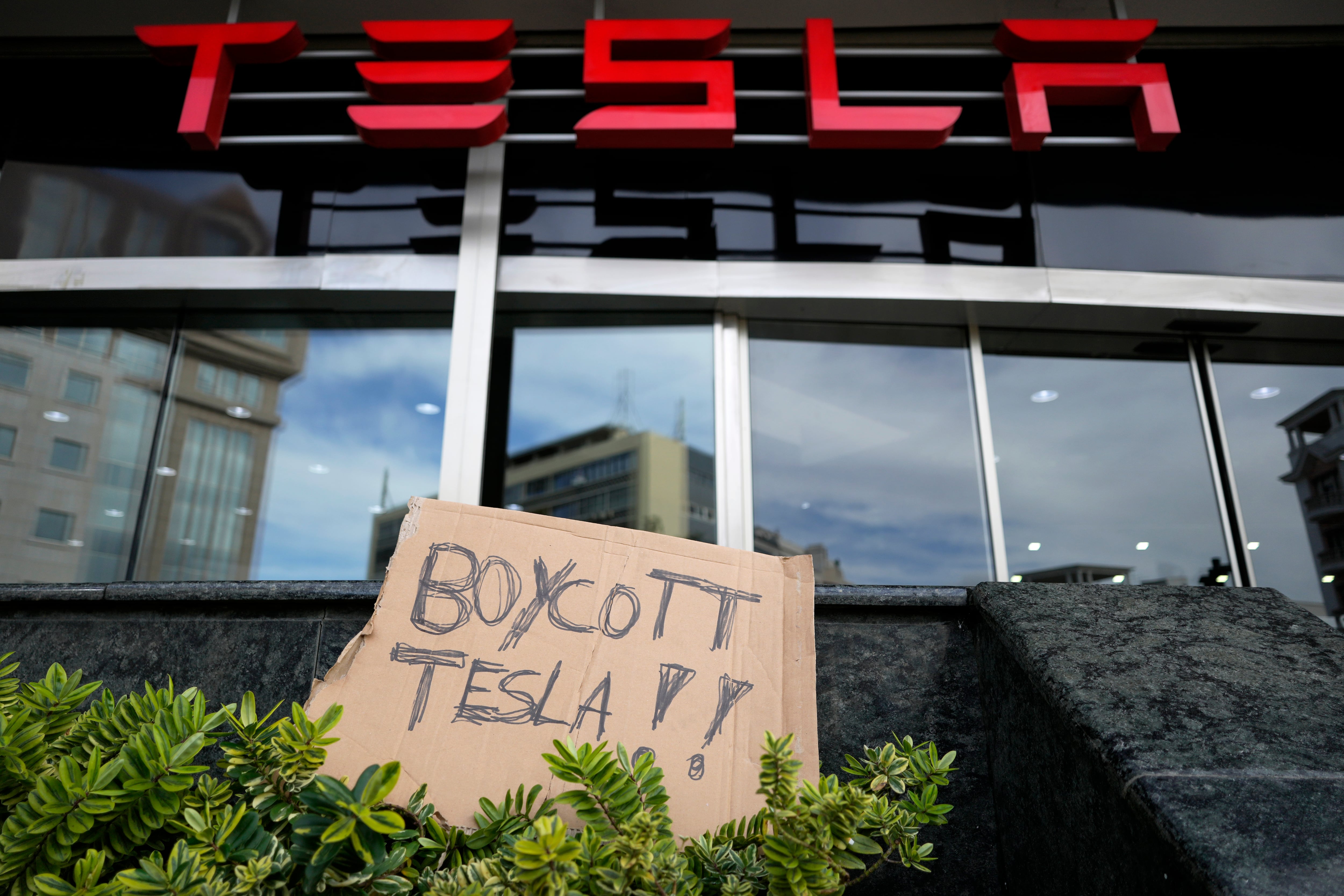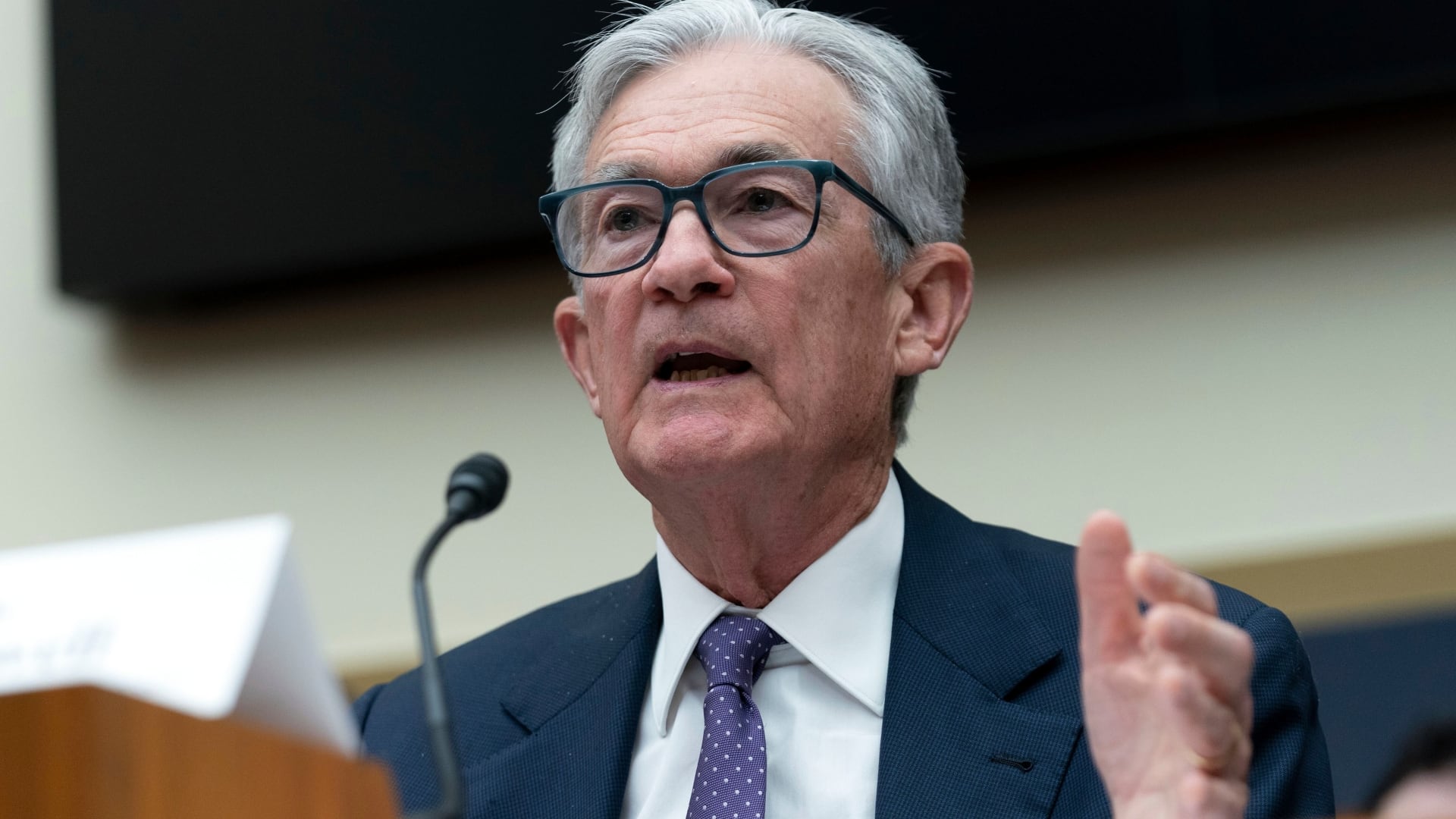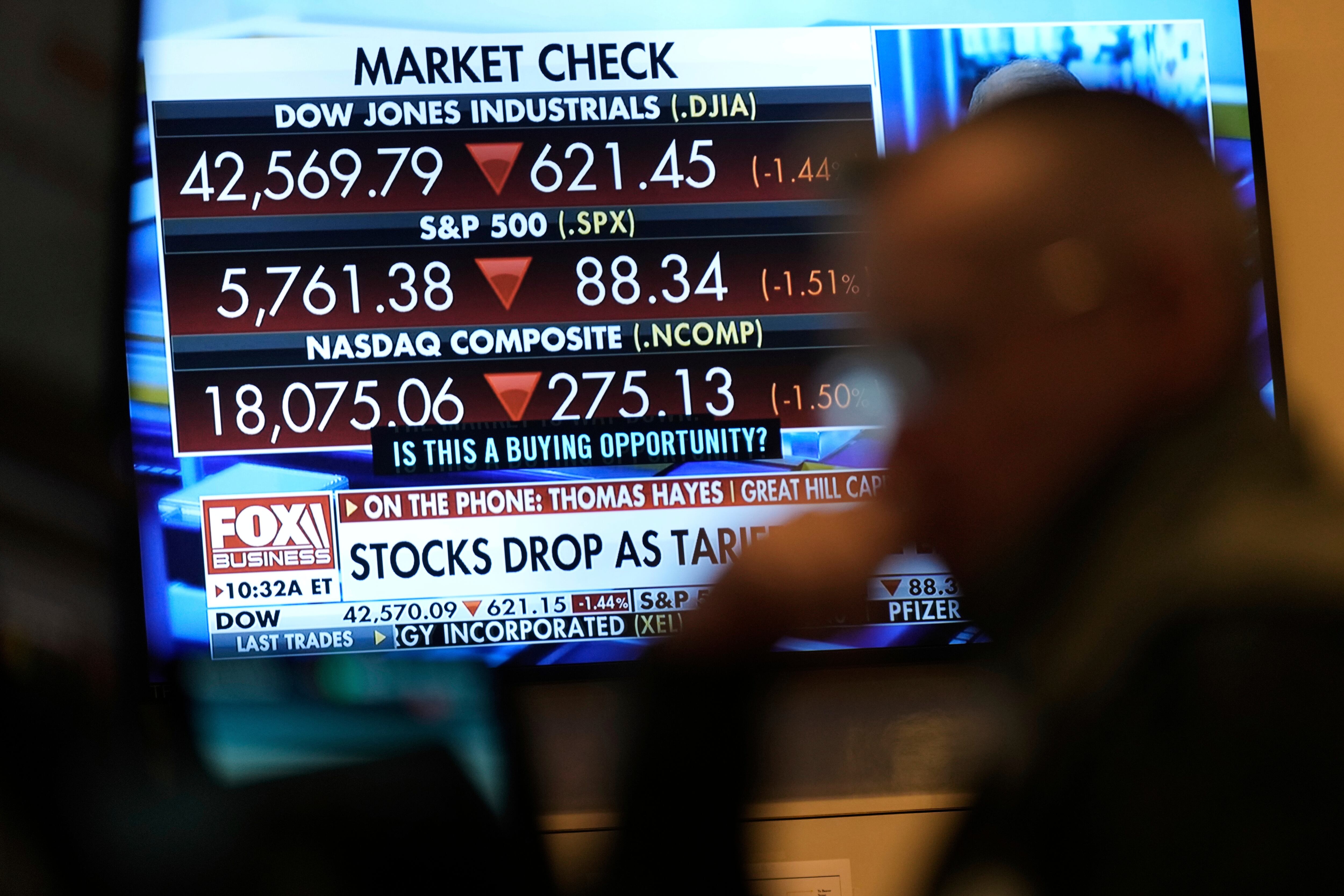The Federal Reserve is holding steady on the dovish policy stance that it's maintained since the beginning of the pandemic but not without a hat-tip to those worried about rising inflation.
"As the reopening continues, shifts in demand can be large and rapid, and bottlenecks, hiring difficulties, and other constraints could continue to limit how quickly supply can adjust, raising the possibility that inflation could turn out to be higher and more persistent than we expect," Fed Chairman Jerome Powell told reporters Wednesday after the latest meeting of the Federal Open Market Committee, which sets policy for the central bank.
The Fed raised its headline inflation expectations for the year to 3.4 percent — up 1 percent from its last projection in March, though Powell maintained increases would be "transitory."
"These bottleneck effects have been larger than anticipated, and FOMC participants have revised up their projections for inflation notably for this year," he said. "As these transitory supply effects abate, inflation is expected to drop back toward our longer-run goal."
He said a handful of industries, such as the used-car market, are driving near-term inflation, and he expects those price increases will level off as the economy recovers.
Powell has stressed over the past year that the Fed will not significantly alter its accommodative policy until the rate of inflation is “moderately above 2 percent for some time.” His latest statement did not contradict this approach, even as he recognized the potential for adjustments.
Indeed, 13 of 18 Fed officials now anticipate interest rate hikes in 2023, up from seven back in March, suggesting the Fed's easy money stance could taper off sooner than expected.
Powell noted, however, that these expectations do not represent an official Fed forecast.
"The dots are not a great forecaster of future rate moves," he said, referring to a common name for the graph in the Fed's policy statement that shows individual senior Fed officials' rate expectations into the future.
The chairman also addressed ongoing concerns about shortfalls in the labor market.
"Factors related to the pandemic such as caregiving needs, ongoing fears of the virus, and unemployment insurance payments appear to be weighing on employment growth," he said. "These factors should wane in the coming months against a backdrop of rising vaccinations, leading to more rapid gains in employment."
The Fed's current median projection for unemployment is 4.5 percent by the end of the year, compared to the current rate of 5.8 percent.












